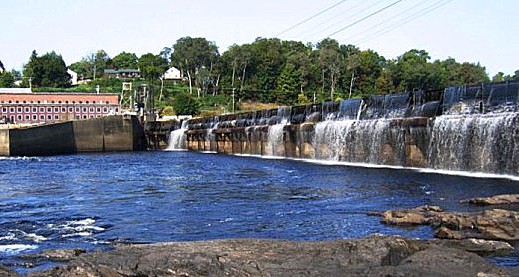Removing Dams, Restoring Rivers.
Atlantic Salmon in restored Penobscot River (credit: The Nature Conservancy)
Environmental restoration has multiple meanings and goals. Reseeding a tall-grass prairie; protecting nesting sea turtles to rebuild a population; or restoring a river are different initiatives and all exciting. Each requires a different plan. Maine's 19th Century Veazie dam was torn down and a prime fishery allowed to return to its previous wild running condition. It was pioneered by the New England group, Penobscot River Restoration Trust. According to the announcement:
"the Trust along with our public and private partners are working to undo more than two centuries of damage that too many dams have inflicted upon the Penobscot River.
After the removal of the lower two dams was completed in 2012 access to nearly 1000 miles of river habitat was restored for endangered Atlantic Salmon, short-nose sturgeon, American shad, alewife, and seven other species of sea-run fish. Now, more miles of free flowing water has now been restored. The ecological benefits have been realized while maintaining energy production at the remaining dams. By reconnecting the river to the Atlantic, the project has produced ecological, recreational, and economic benefits throughout New England's second largest watershed.

Veazie Dam breached (credit: Penobscot River Restoration Trust)
There are hundreds of 'dead beat dams', if not many more, nationwide that could be removed and their blocked rivers restored to free flowing condition. This could be done without negatively affecting power generation. The environmental benefits far outweigh the costs. So tear down old dams, restore the rivers, and bring back wild fisheries. A truly worthy restoration goal if there ever was one. WHB